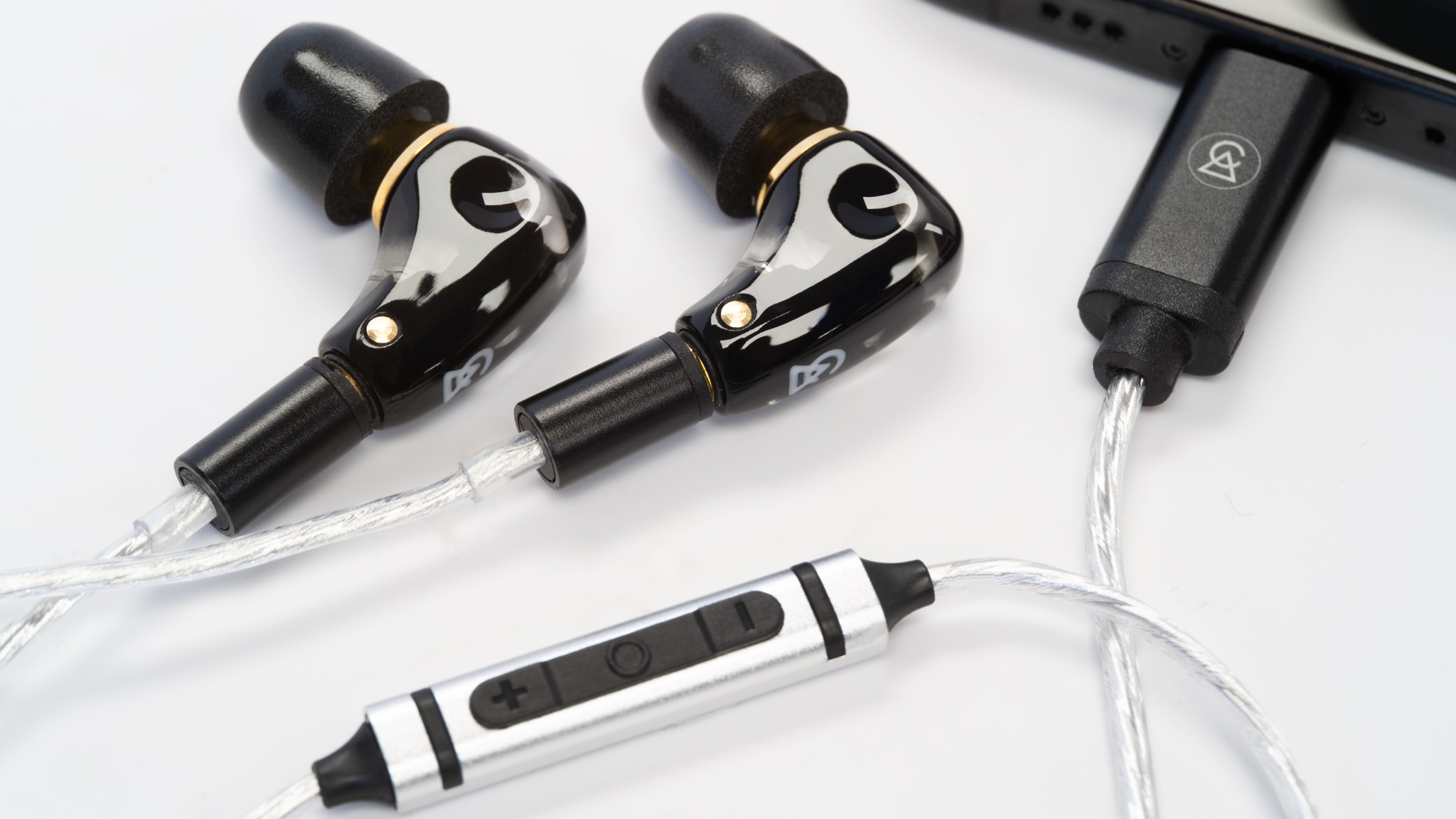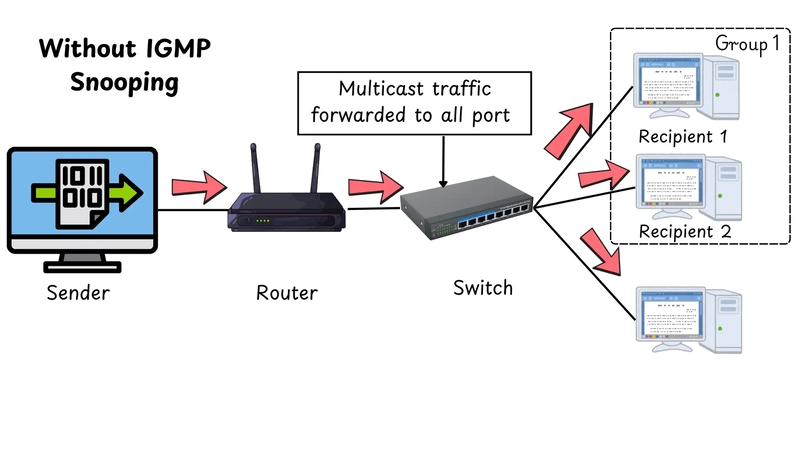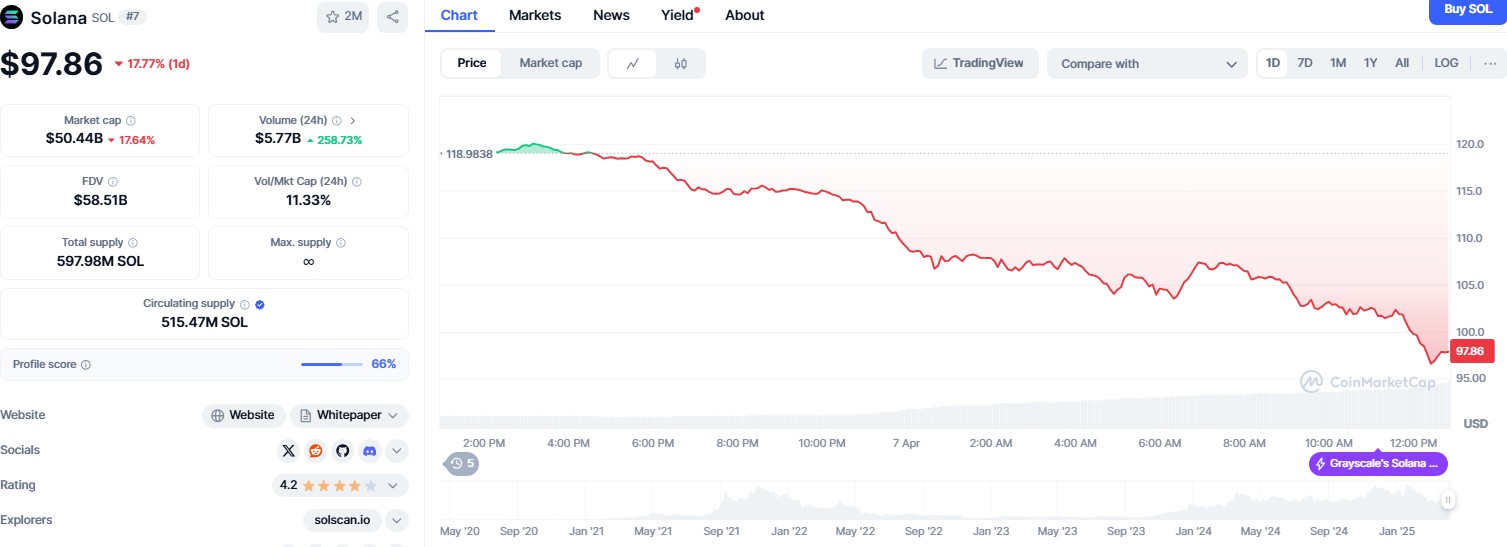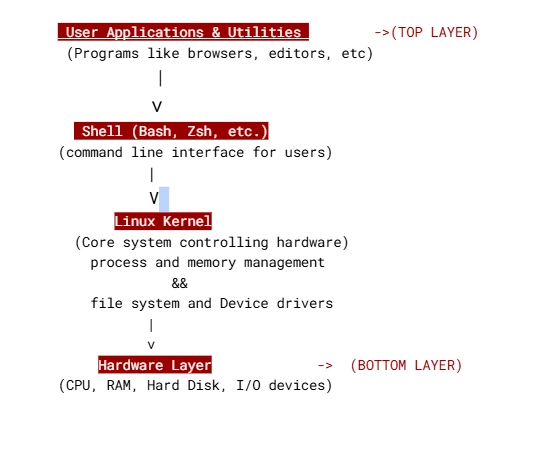Mastering Excel: VLOOKUP and Custom VBA Functions for Key-Value Data Retrieval
This article teaches how to use the Excel VLOOKUP function, which retrieves data similar to key-value pairs in JavaScript. You will then learn to build a similar custom function in VBA from scratch! The VLOOKUP Function When it comes to writing programs, they don’t always have to be complicated; they just need to be effective. And sometimes, a simple solution is the best solution, and that might not be a program! Microsoft Excel’s built-in VLOOKUP function is a powerful tool. It simplifies data retrieval by allowing you to quickly find and return information from large datasets, making it an essential feature for efficient data management. I’ve been using VLOOKUP a lot recently to retrieve product prices. The VLOOKUP function is ideal if you just need to retrieve one unique value to a corresponding unique value (think of key-value pairs). In respect of your time, if you just need to learn how to use Excel’s VLOOKUP, I will step through it now. VLOOKUP Function Syntax: =VLOOKUP(lookup_value, table_array, col_index_num, [range_lookup]) Breakdown of Each Parameter: lookup_value: This is the value you want to search for in the first column of your data range (table_array). It acts as the "key" in a key-value pair. Example: If you're looking up a product price using a product ID, the product ID would be your lookup_value. table_array: This is the range of cells that contains the data you want to search through. It should include both the column with the lookup_value and the column with the value you want to retrieve. Example: If your data is in columns A to C, you might use A2:C10 as your table_array. col_index_num: This is the column number in the table_array from which you want to retrieve the value. The first column in the range is 1, the second is 2, and so on. Example: If you want to retrieve data from the third column of your table_array, you would use 3 as your col_index_num. [range_lookup]: This is an optional parameter that specifies whether you want an exact match (FALSE) or an approximate match (TRUE). Using FALSE is recommended for exact matches. Example: If you want to ensure that the function only returns a result when there is an exact match for the lookup_value, you would set this to FALSE. Example Usage: Suppose you have a table with product IDs in column A on Sheet1, product names in column B, and prices in column C on Sheet2. To find the price of a product using the product ID stored in column A on Sheet2, you would use: =VLOOKUP(A2, Sheet2!A2:C10, 3, FALSE) A2 is the cell reference containing the lookup_value (e.g., a product ID) on the current sheet. Sheet2!A2:C10 is the table_array where the data is located on Sheet2. 3 is the col_index_num, indicating you want the price from the third column. FALSE ensures an exact match is required. This function will search for the product ID in the first column of the range A2:C10 on Sheet2 and return the corresponding price from the third column. Sheet1: A B 101 =VLOOKUP(A2, Sheet2!A2:C10, 3, FALSE) 102 =VLOOKUP(A3, Sheet2!A2:C10, 3, FALSE) 103 =VLOOKUP(A4, Sheet2!A2:C10, 3, FALSE) Sheet2: A B C 101 Item1 $10.00 102 Item2 $15.00 103 Item3 $20.00

This article teaches how to use the Excel VLOOKUP function, which retrieves data similar to key-value pairs in JavaScript. You will then learn to build a similar custom function in VBA from scratch!
The VLOOKUP Function
When it comes to writing programs, they don’t always have to be complicated; they just need to be effective. And sometimes, a simple solution is the best solution, and that might not be a program!
Microsoft Excel’s built-in VLOOKUP function is a powerful tool. It simplifies data retrieval by allowing you to quickly find and return information from large datasets, making it an essential feature for efficient data management.
I’ve been using VLOOKUP a lot recently to retrieve product prices. The VLOOKUP function is ideal if you just need to retrieve one unique value to a corresponding unique value (think of key-value pairs).
In respect of your time, if you just need to learn how to use Excel’s VLOOKUP, I will step through it now.
VLOOKUP Function Syntax:
=VLOOKUP(lookup_value, table_array, col_index_num, [range_lookup])
Breakdown of Each Parameter:
lookup_value:
This is the value you want to search for in the first column of your data range (table_array). It acts as the "key" in a key-value pair.
Example: If you're looking up a product price using a product ID, the product ID would be your lookup_value.
table_array:
This is the range of cells that contains the data you want to search through. It should include both the column with the lookup_value and the column with the value you want to retrieve.
Example: If your data is in columns A to C, you might use A2:C10 as your table_array.
col_index_num:
This is the column number in the table_array from which you want to retrieve the value. The first column in the range is 1, the second is 2, and so on.
Example: If you want to retrieve data from the third column of your table_array, you would use 3 as your col_index_num.
[range_lookup]:
This is an optional parameter that specifies whether you want an exact match (FALSE) or an approximate match (TRUE). Using FALSE is recommended for exact matches.
Example: If you want to ensure that the function only returns a result when there is an exact match for the lookup_value, you would set this to FALSE.
Example Usage:
Suppose you have a table with product IDs in column A on Sheet1, product names in column B, and prices in column C on Sheet2. To find the price of a product using the product ID stored in column A on Sheet2, you would use:
=VLOOKUP(A2, Sheet2!A2:C10, 3, FALSE)
A2is the cell reference containing the lookup_value (e.g., a product ID) on the current sheet.Sheet2!A2:C10is the table_array where the data is located on Sheet2.3is the col_index_num, indicating you want the price from the third column.FALSEensures an exact match is required.
This function will search for the product ID in the first column of the range A2:C10 on Sheet2 and return the corresponding price from the third column.
Sheet1:
| A | B |
|---|---|
| 101 | =VLOOKUP(A2, Sheet2!A2:C10, 3, FALSE) |
| 102 | =VLOOKUP(A3, Sheet2!A2:C10, 3, FALSE) |
| 103 | =VLOOKUP(A4, Sheet2!A2:C10, 3, FALSE) |
Sheet2:
| A | B | C |
|---|---|---|
| 101 | Item1 | $10.00 |
| 102 | Item2 | $15.00 |
| 103 | Item3 | $20.00 |









































































































































































![[The AI Show Episode 142]: ChatGPT’s New Image Generator, Studio Ghibli Craze and Backlash, Gemini 2.5, OpenAI Academy, 4o Updates, Vibe Marketing & xAI Acquires X](https://www.marketingaiinstitute.com/hubfs/ep%20142%20cover.png)































































































































![[DEALS] The Premium Learn to Code Certification Bundle (97% off) & Other Deals Up To 98% Off – Offers End Soon!](https://www.javacodegeeks.com/wp-content/uploads/2012/12/jcg-logo.jpg)
![From drop-out to software architect with Jason Lengstorf [Podcast #167]](https://cdn.hashnode.com/res/hashnode/image/upload/v1743796461357/f3d19cd7-e6f5-4d7c-8bfc-eb974bc8da68.png?#)

















































(1).jpg?width=1920&height=1920&fit=bounds&quality=80&format=jpg&auto=webp#)























































.png?#)








-(1).png?width=1920&height=1920&fit=bounds&quality=80&format=jpg&auto=webp#)
























_Christophe_Coat_Alamy.jpg?#)
.webp?#)
.webp?#)










































































































![Apple Considers Delaying Smart Home Hub Until 2026 [Gurman]](https://www.iclarified.com/images/news/96946/96946/96946-640.jpg)
![iPhone 17 Pro Won't Feature Two-Toned Back [Gurman]](https://www.iclarified.com/images/news/96944/96944/96944-640.jpg)
![Tariffs Threaten Apple's $999 iPhone Price Point in the U.S. [Gurman]](https://www.iclarified.com/images/news/96943/96943/96943-640.jpg)



































































































































